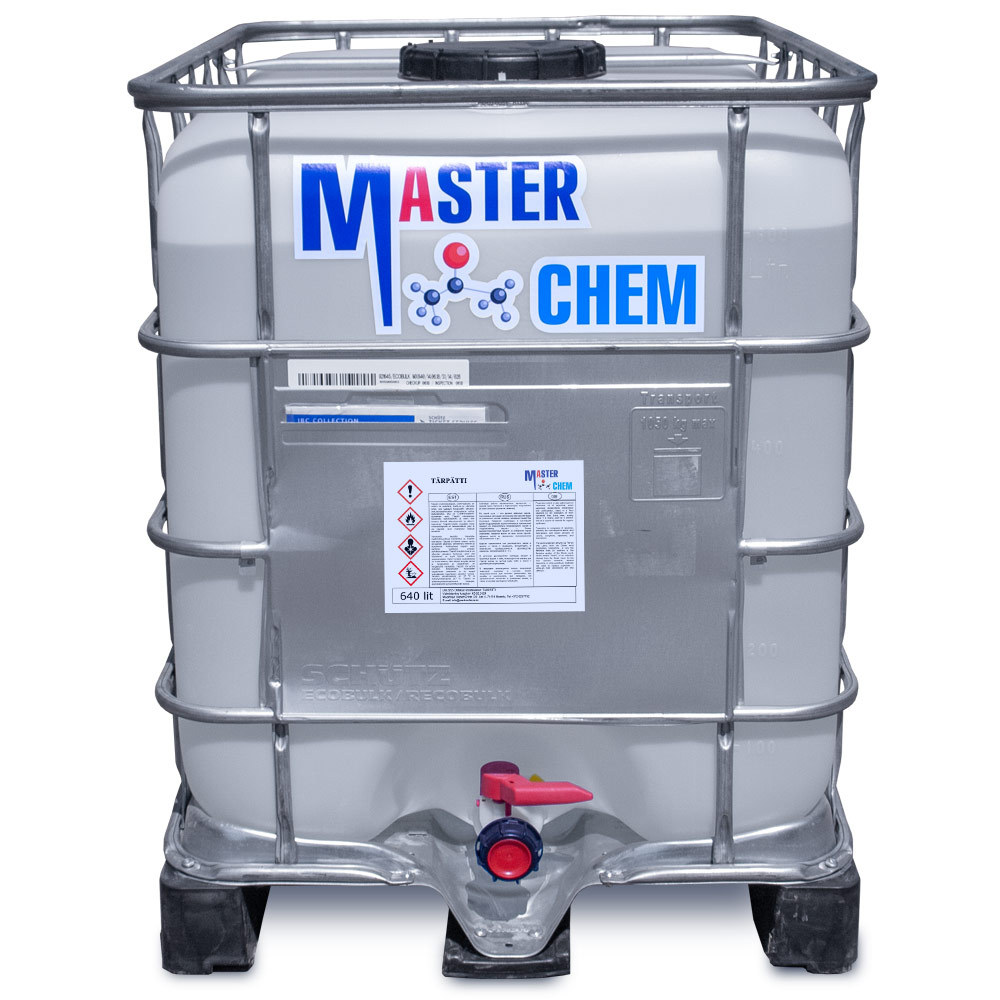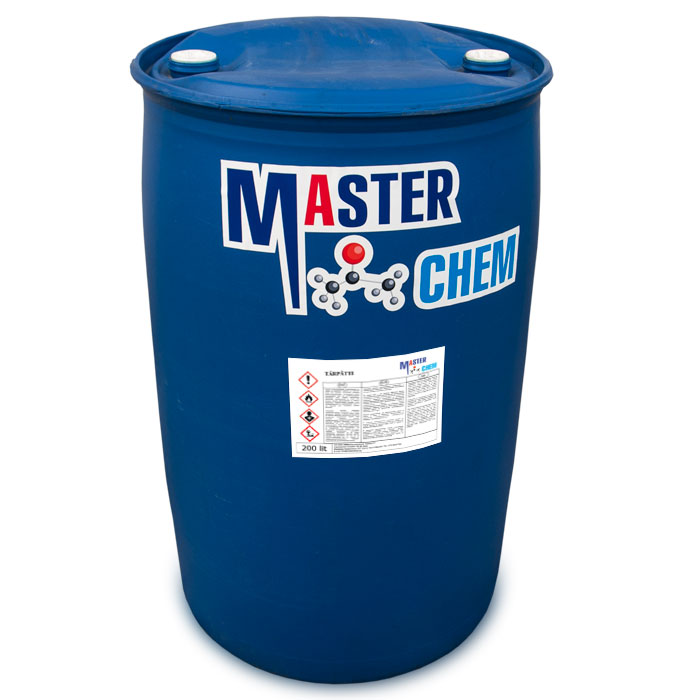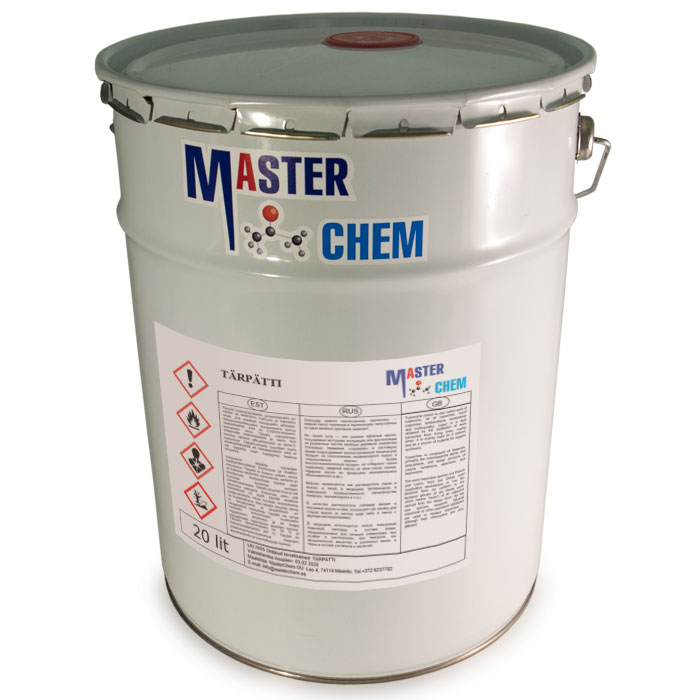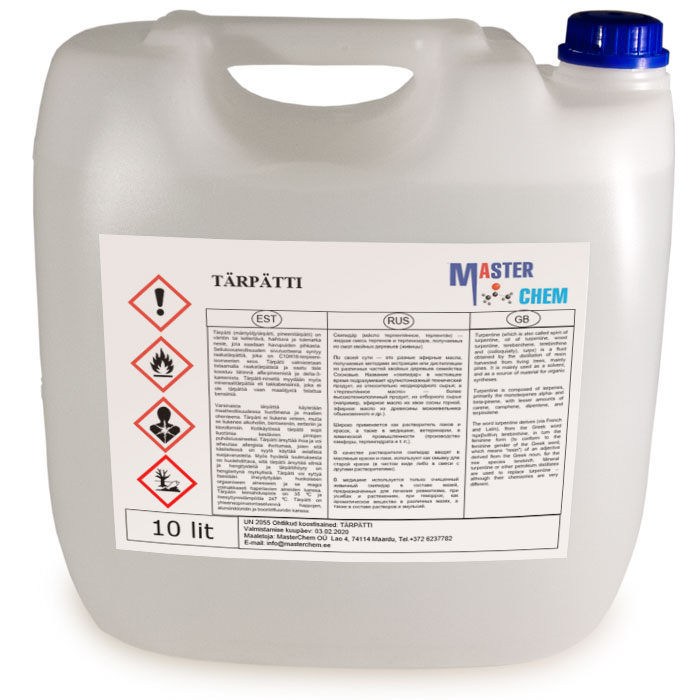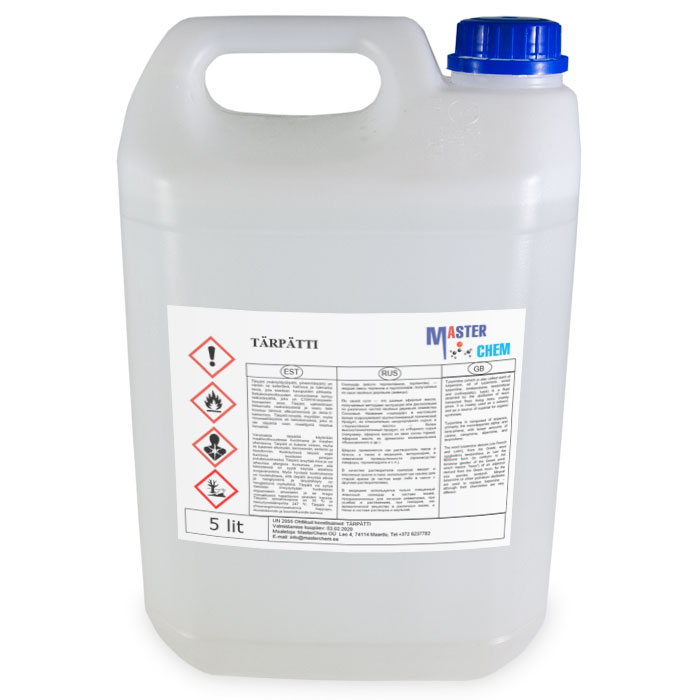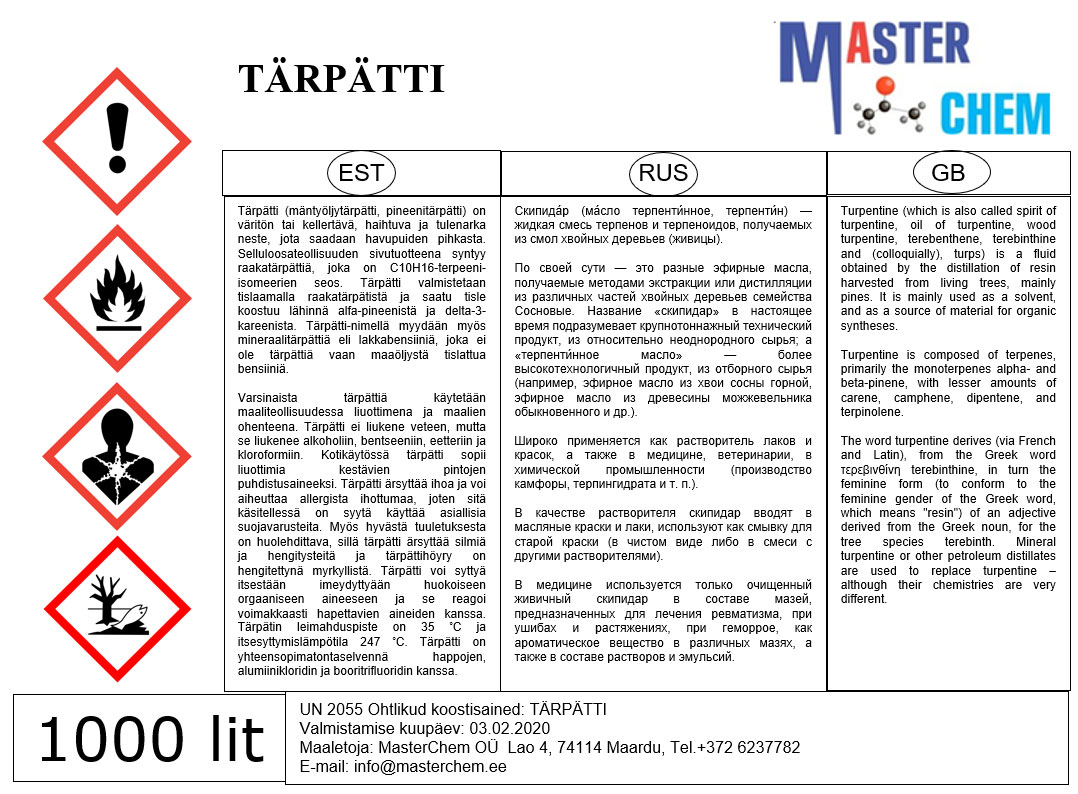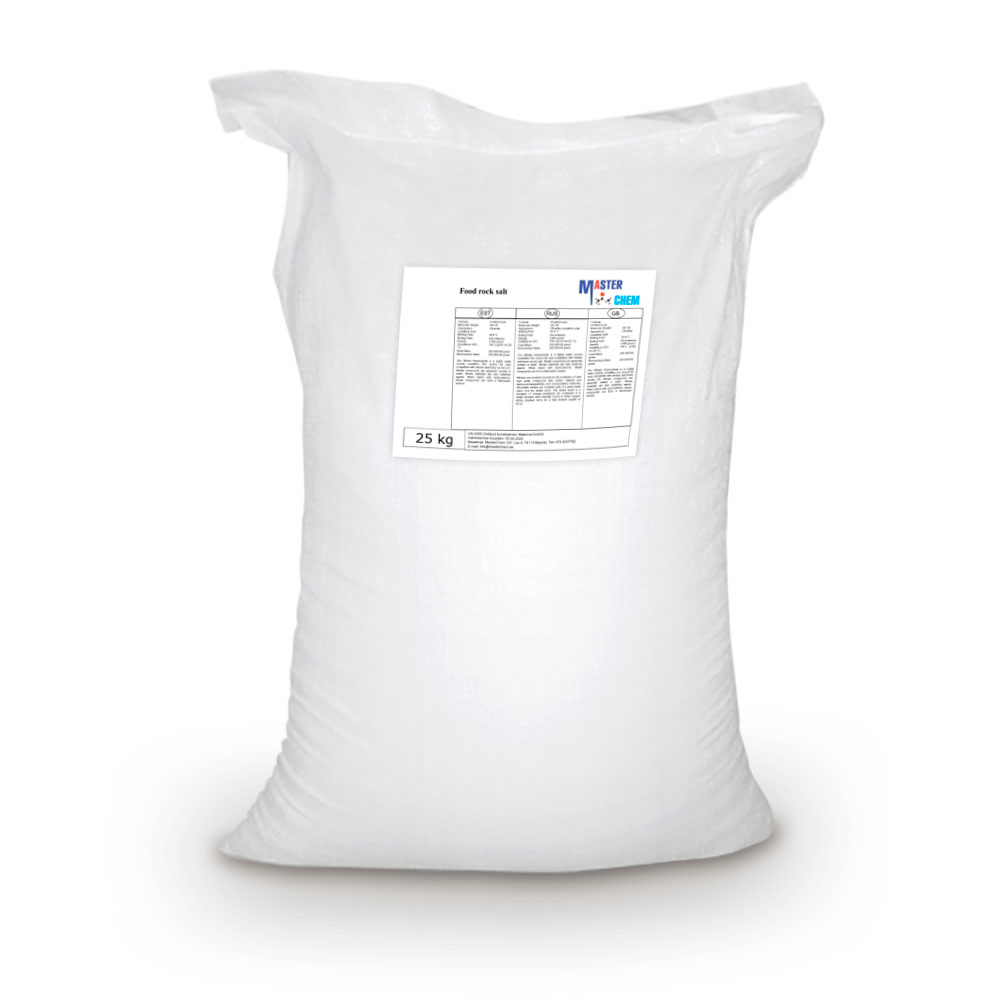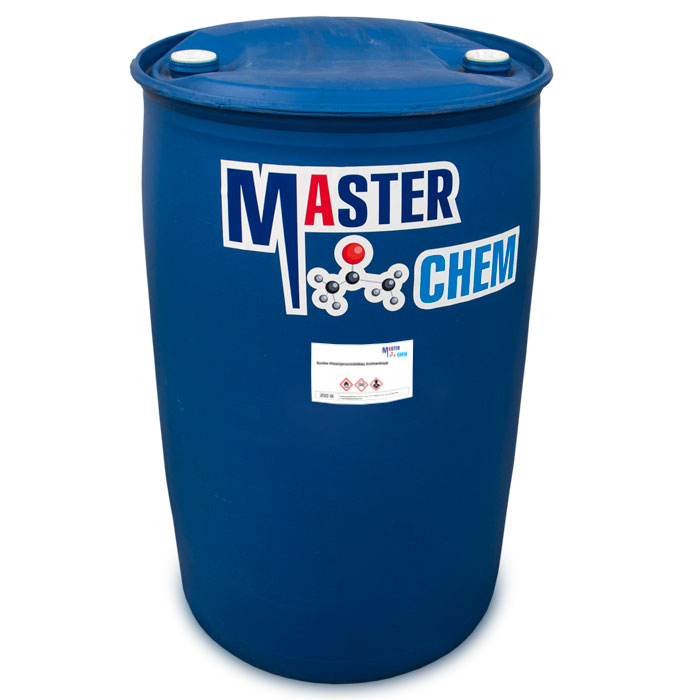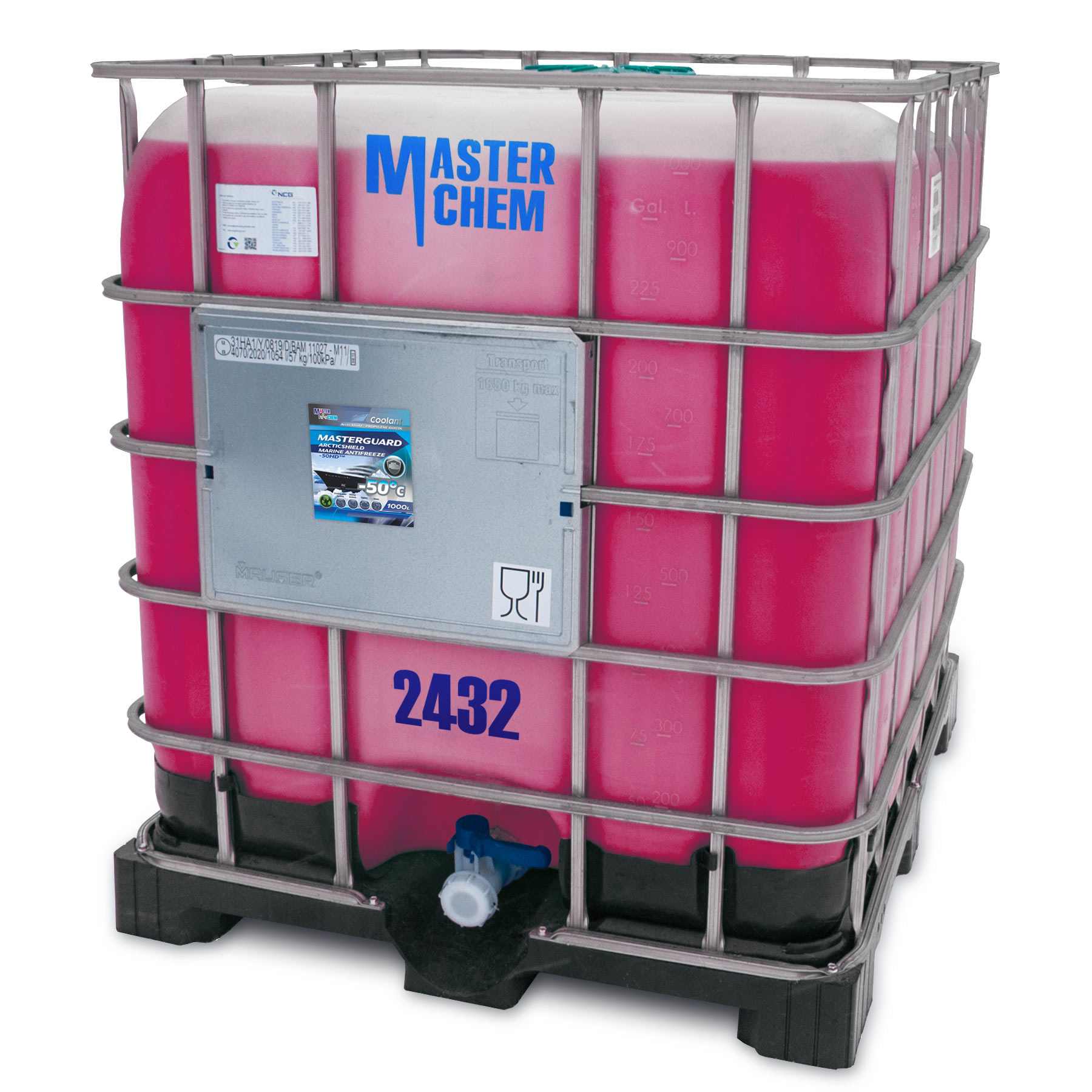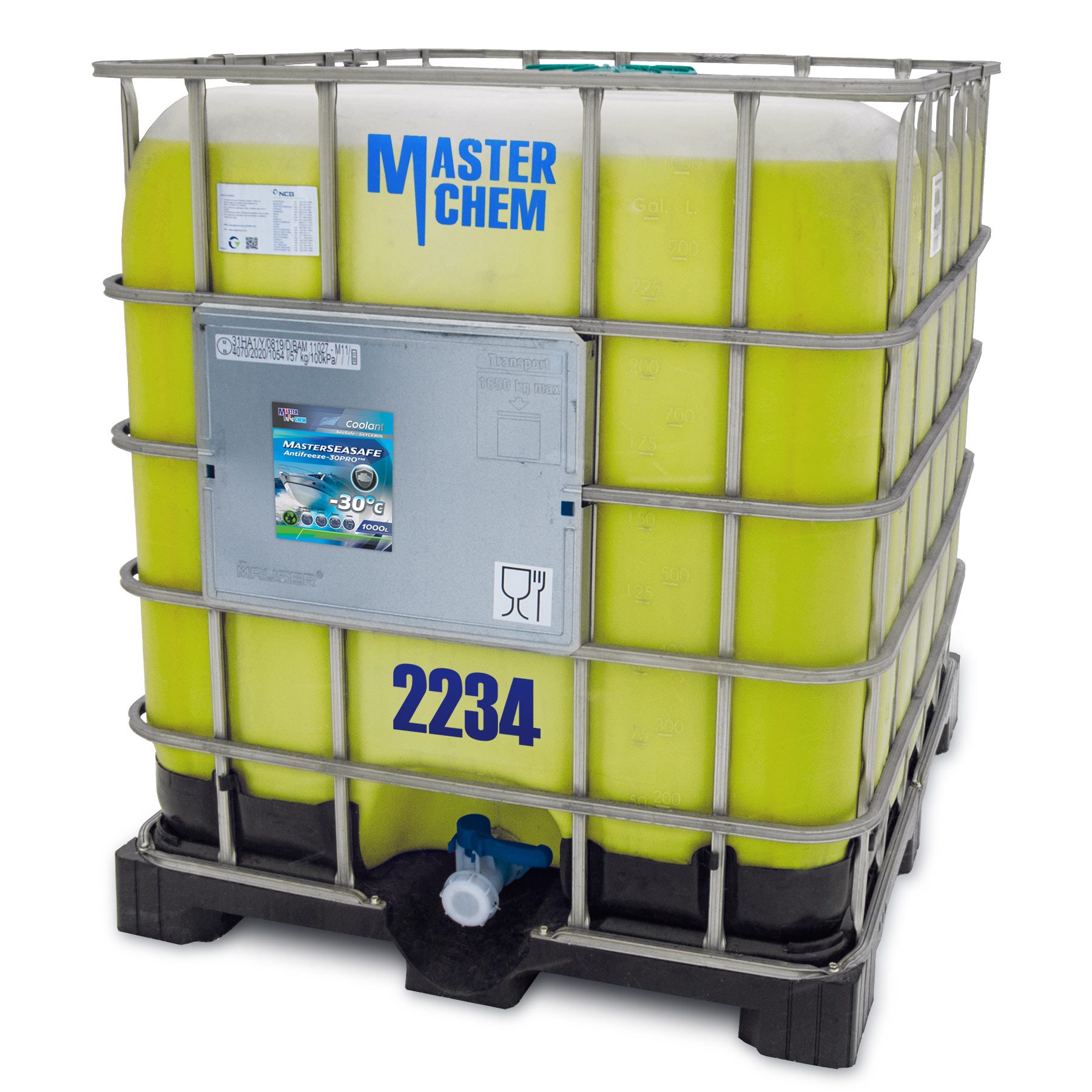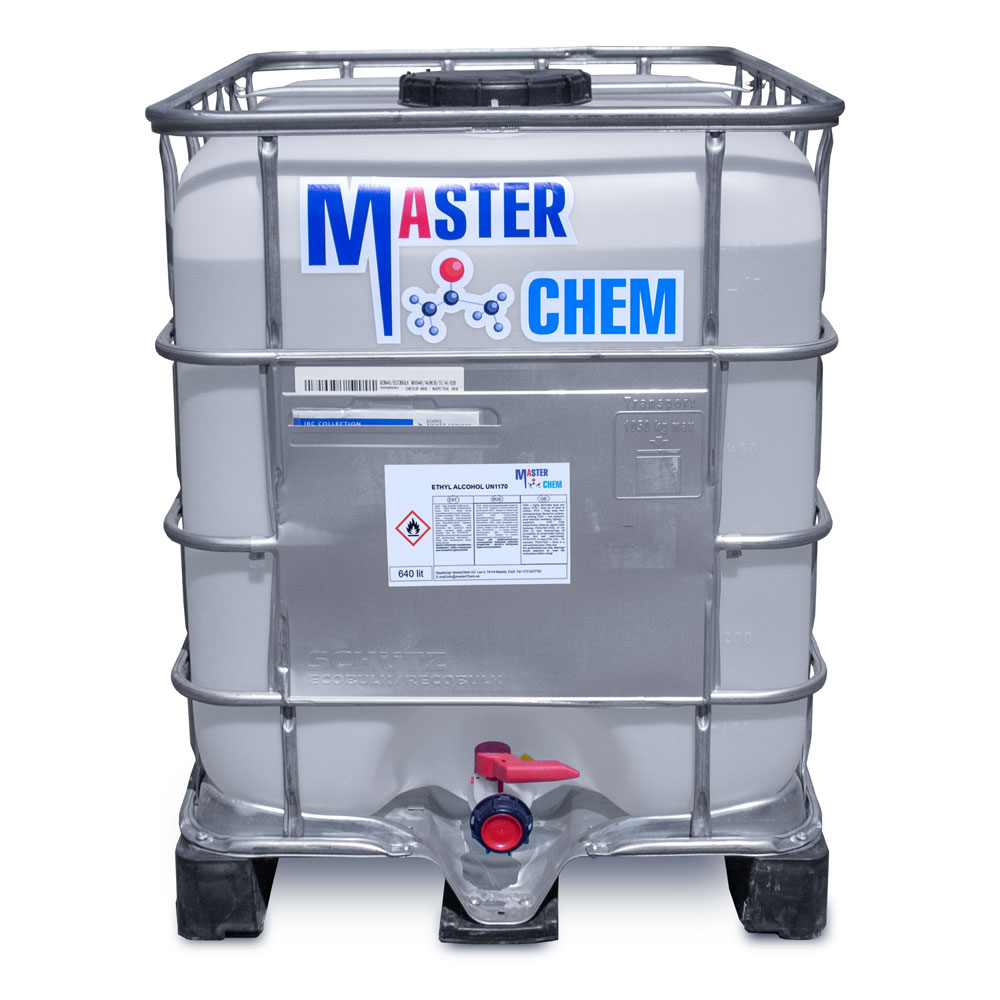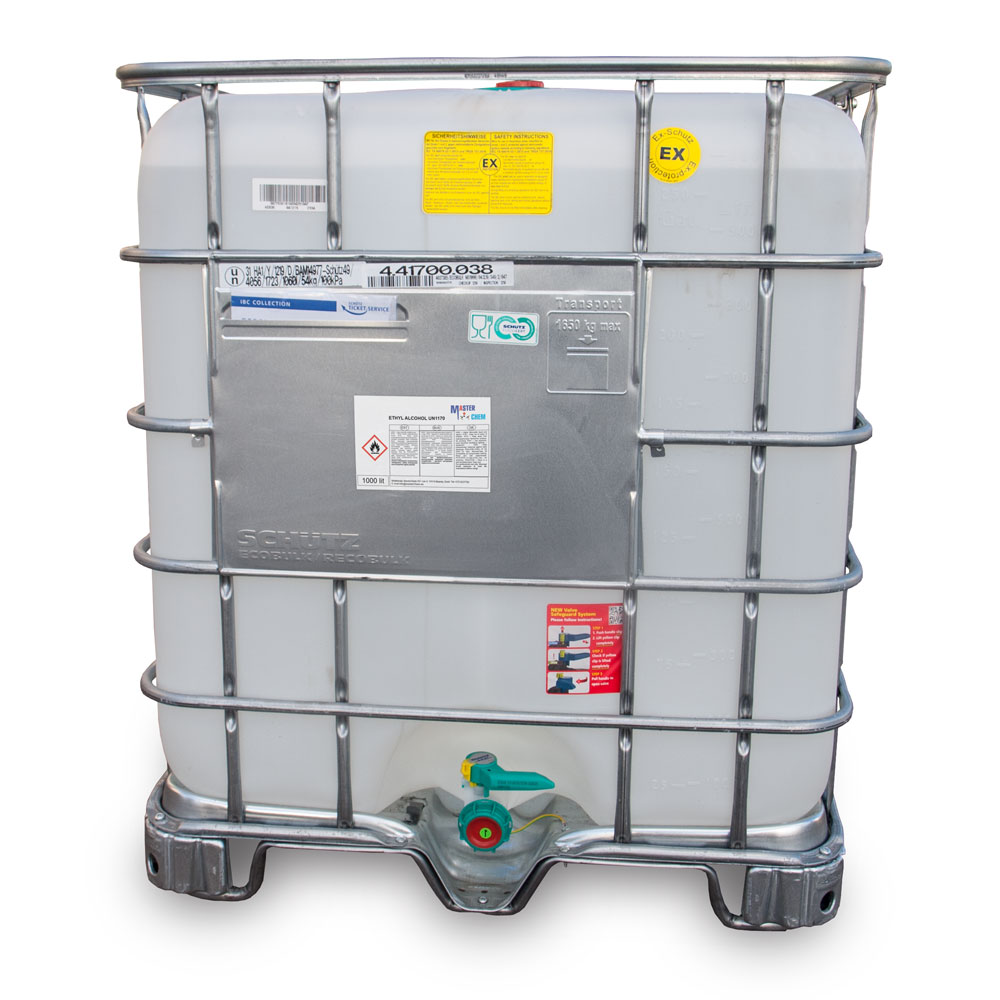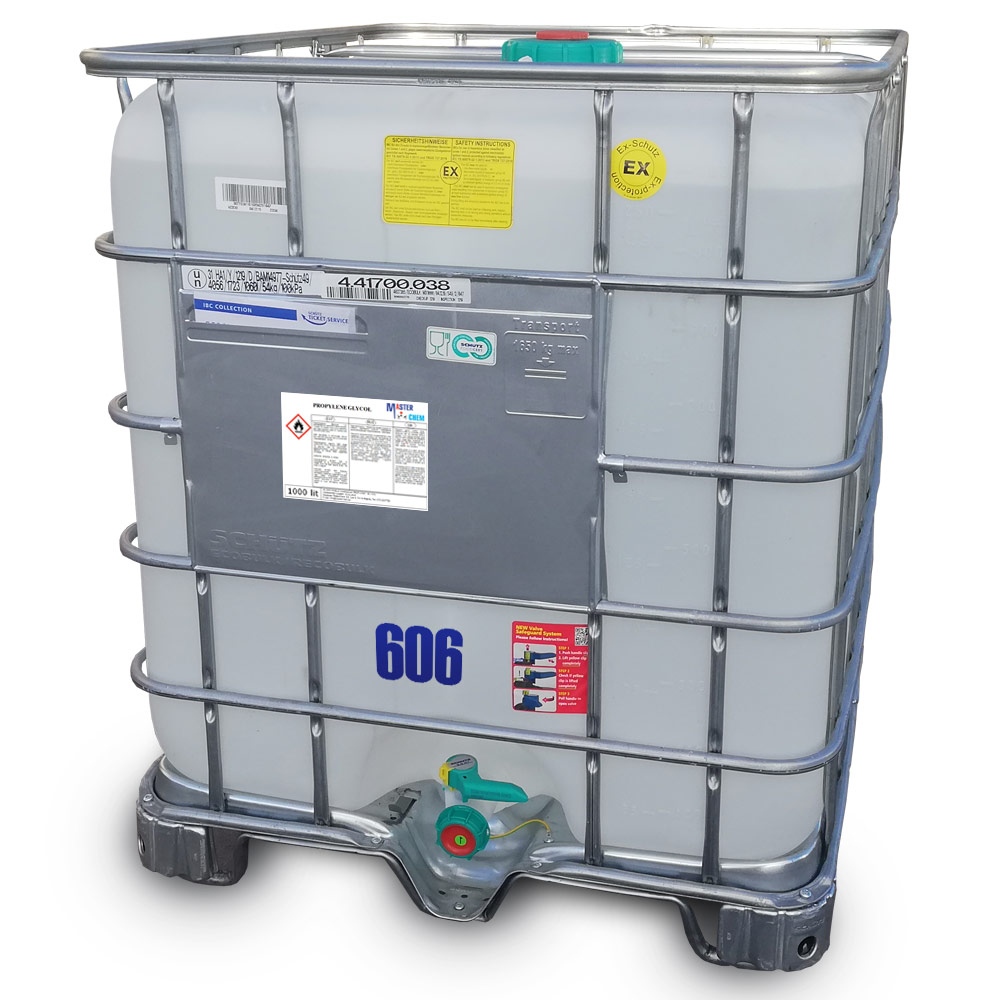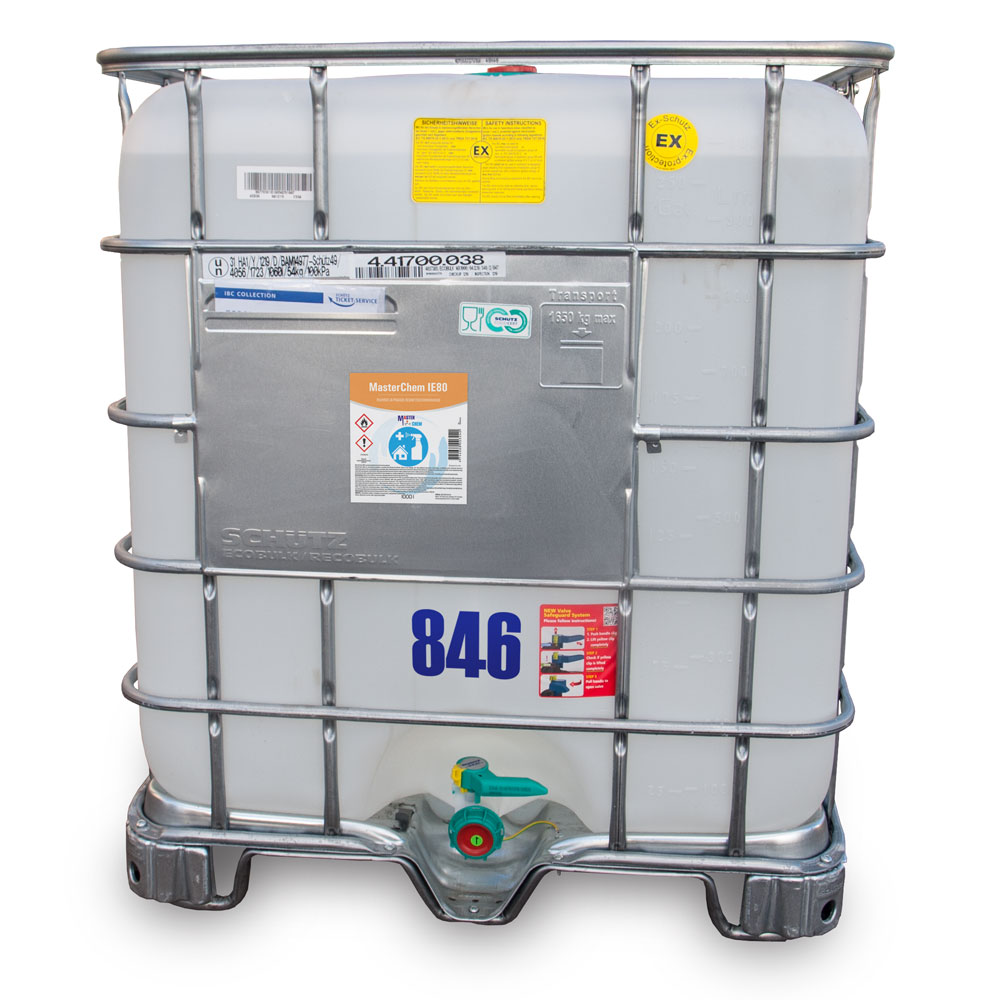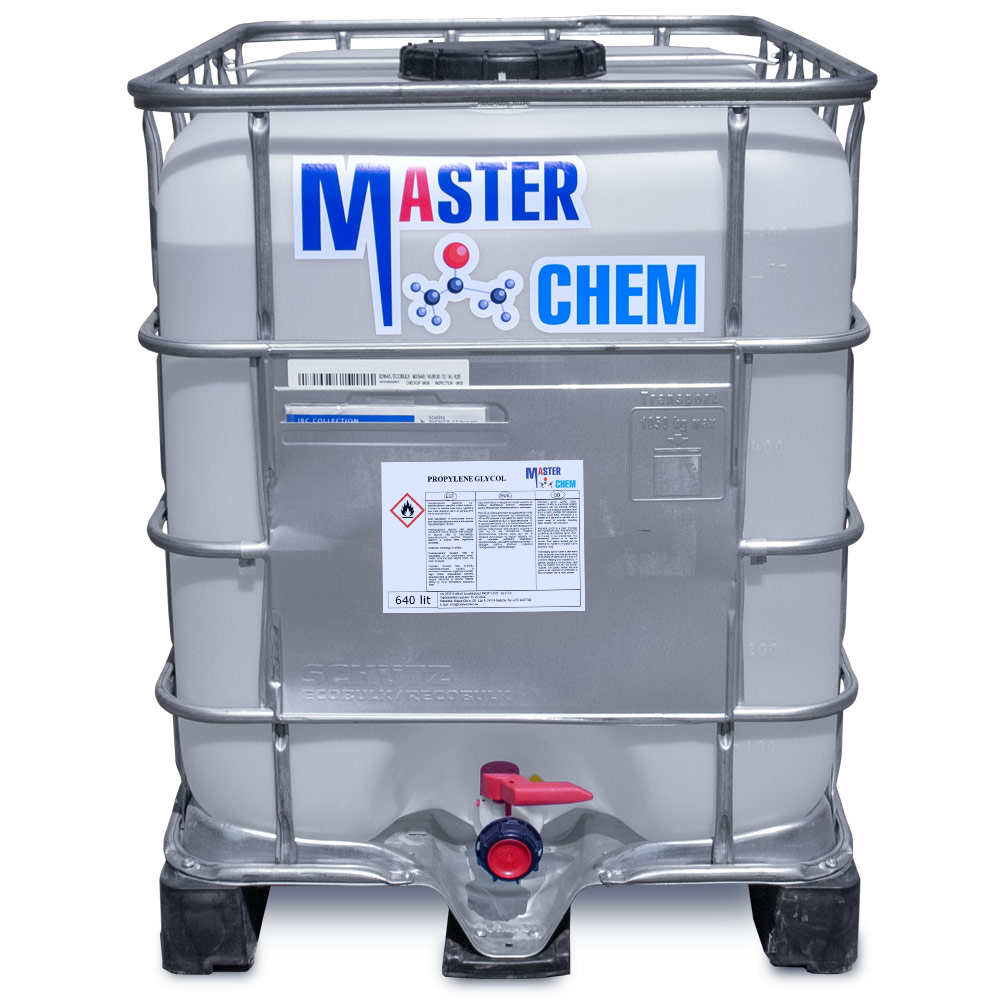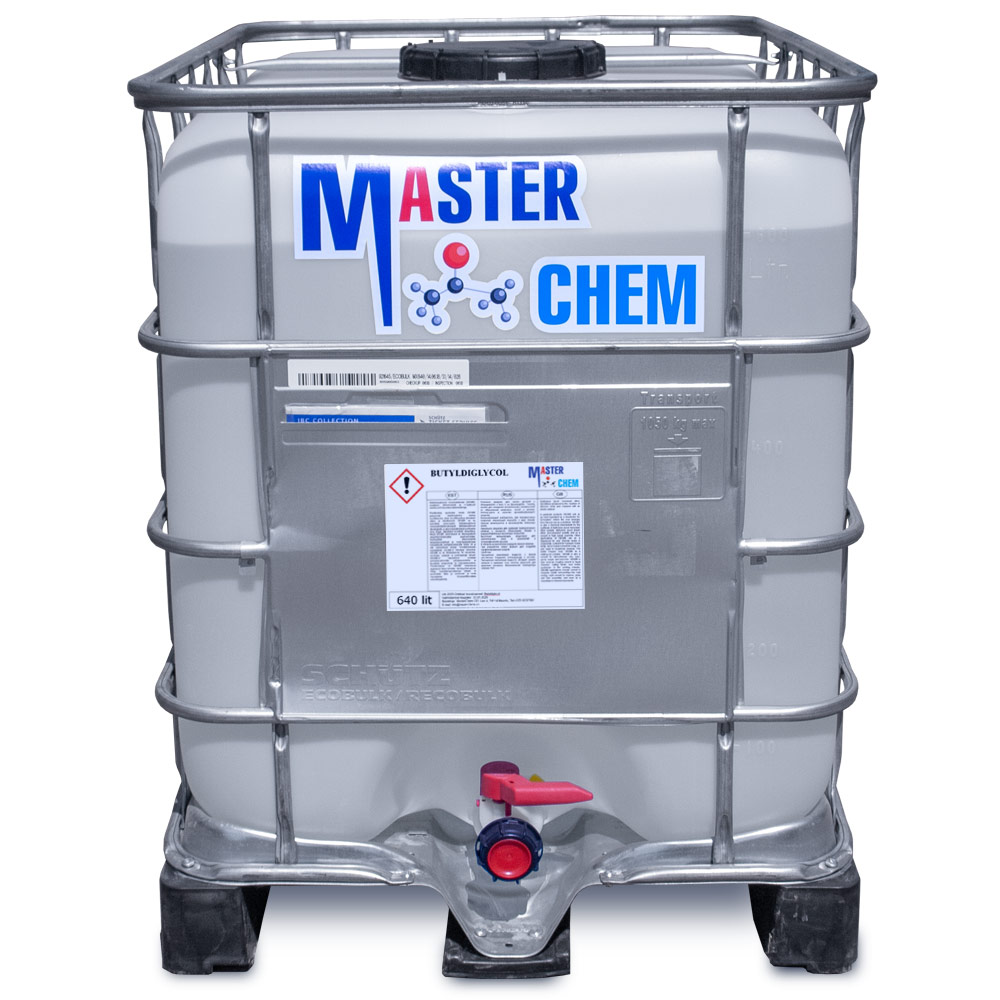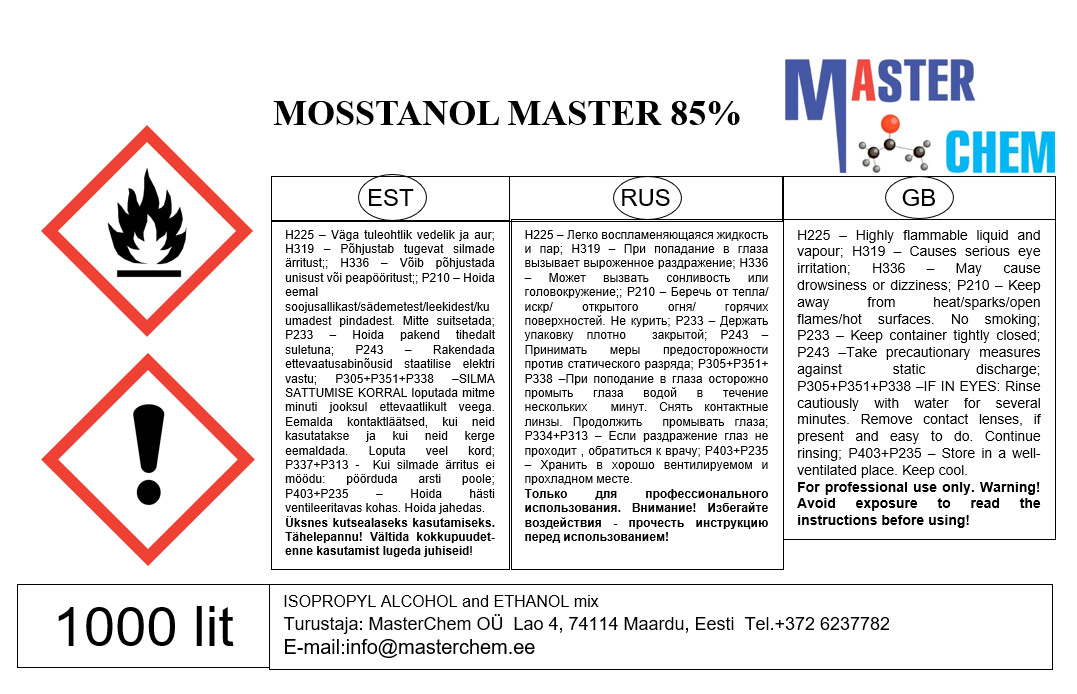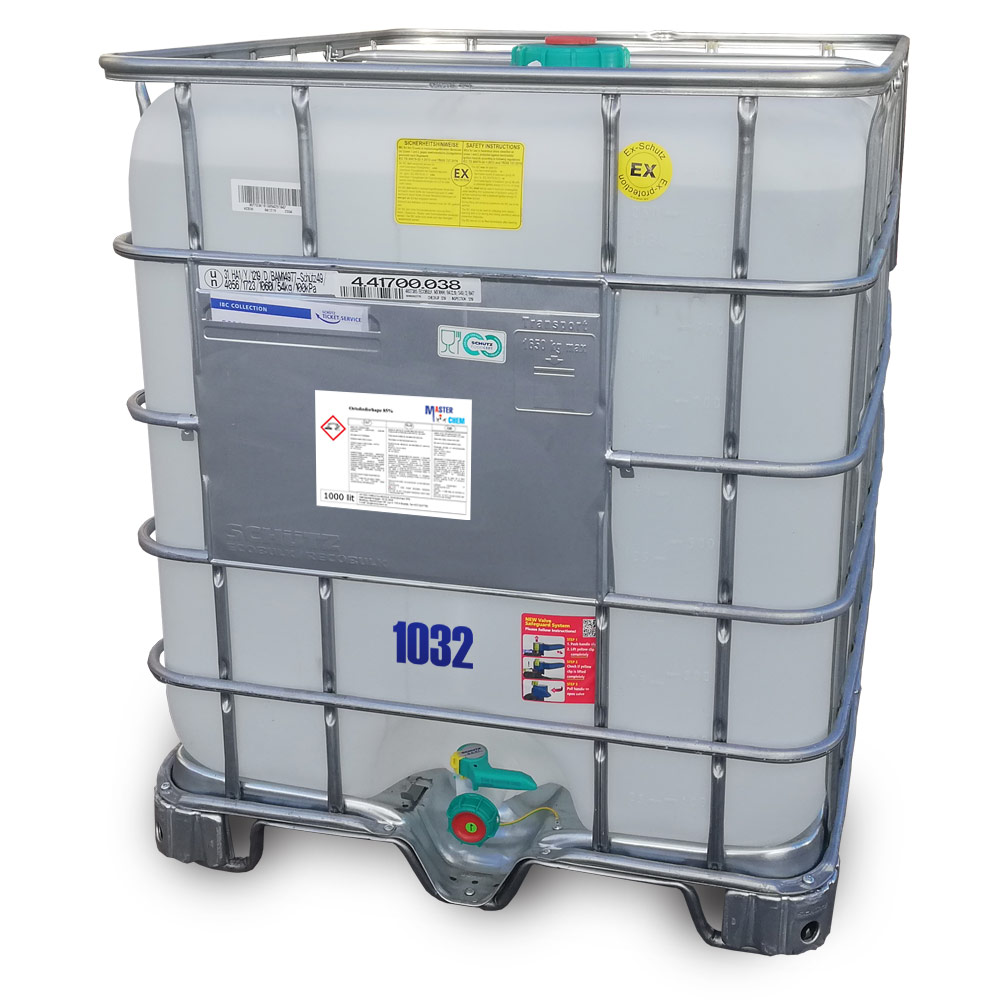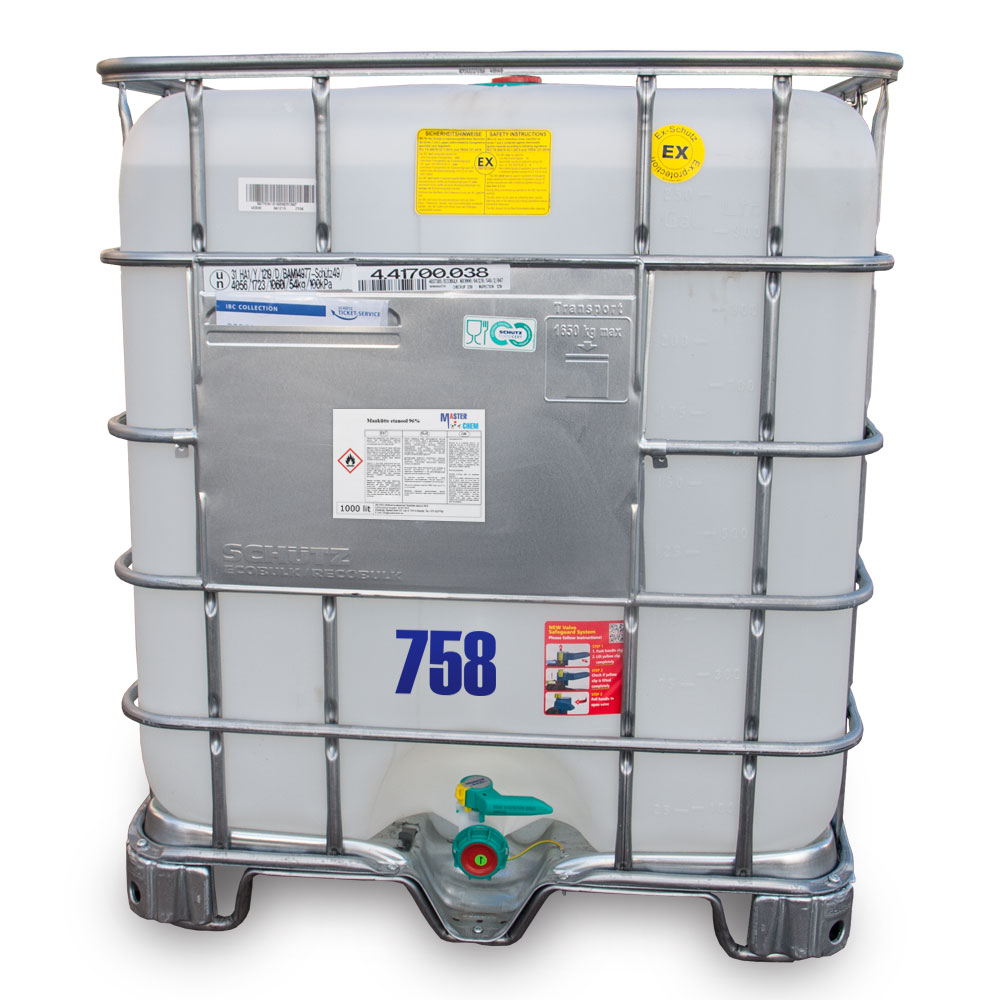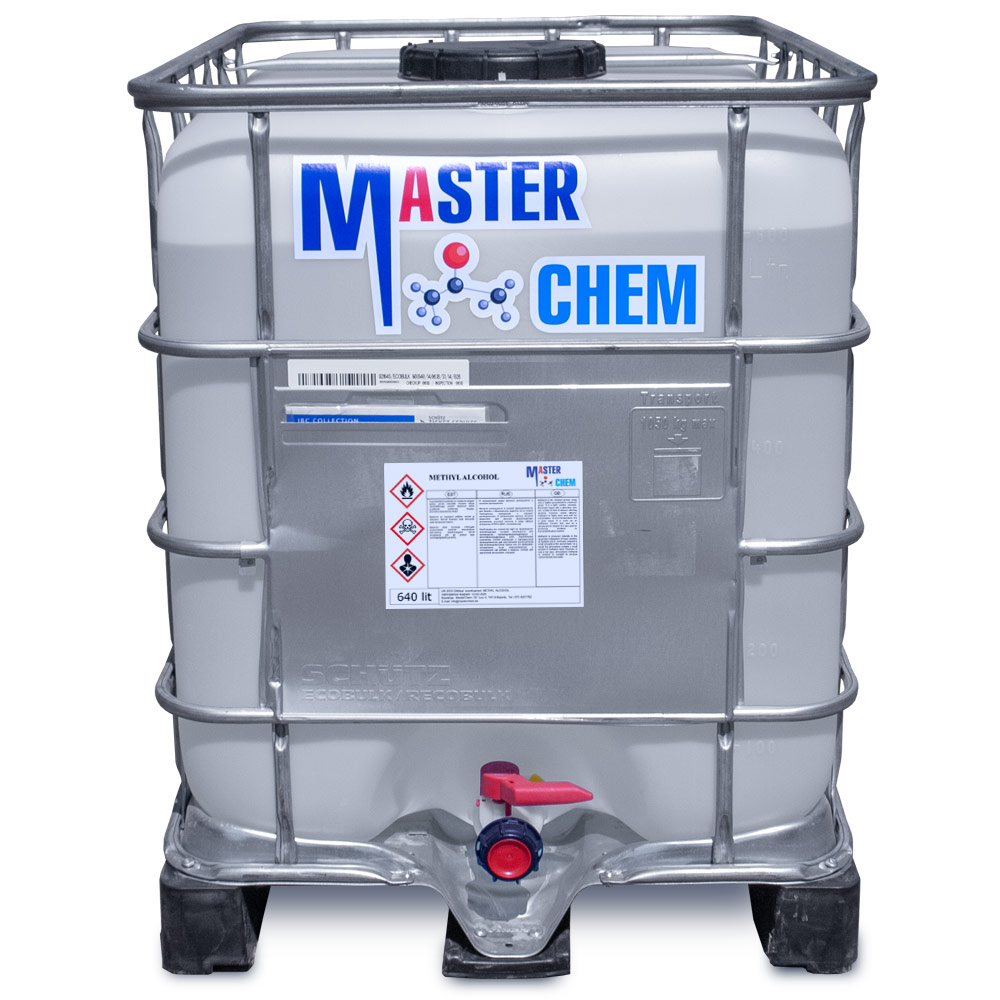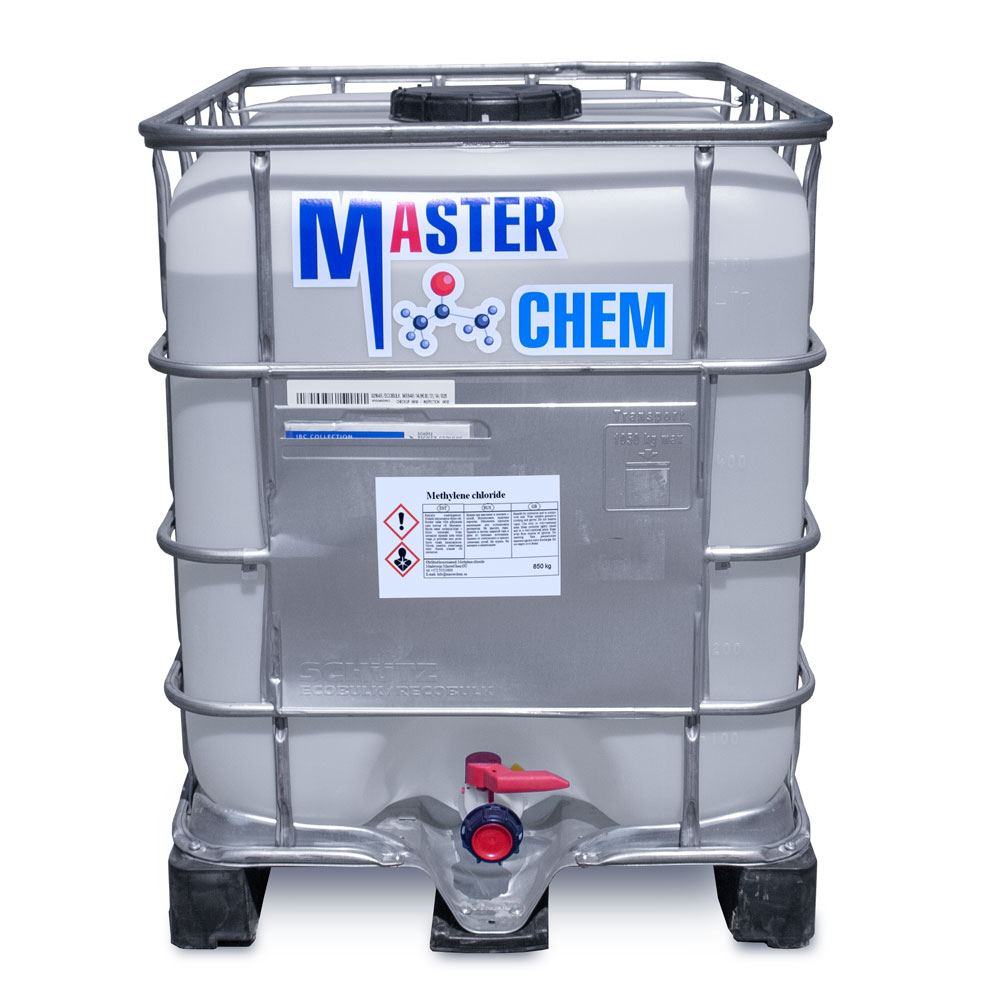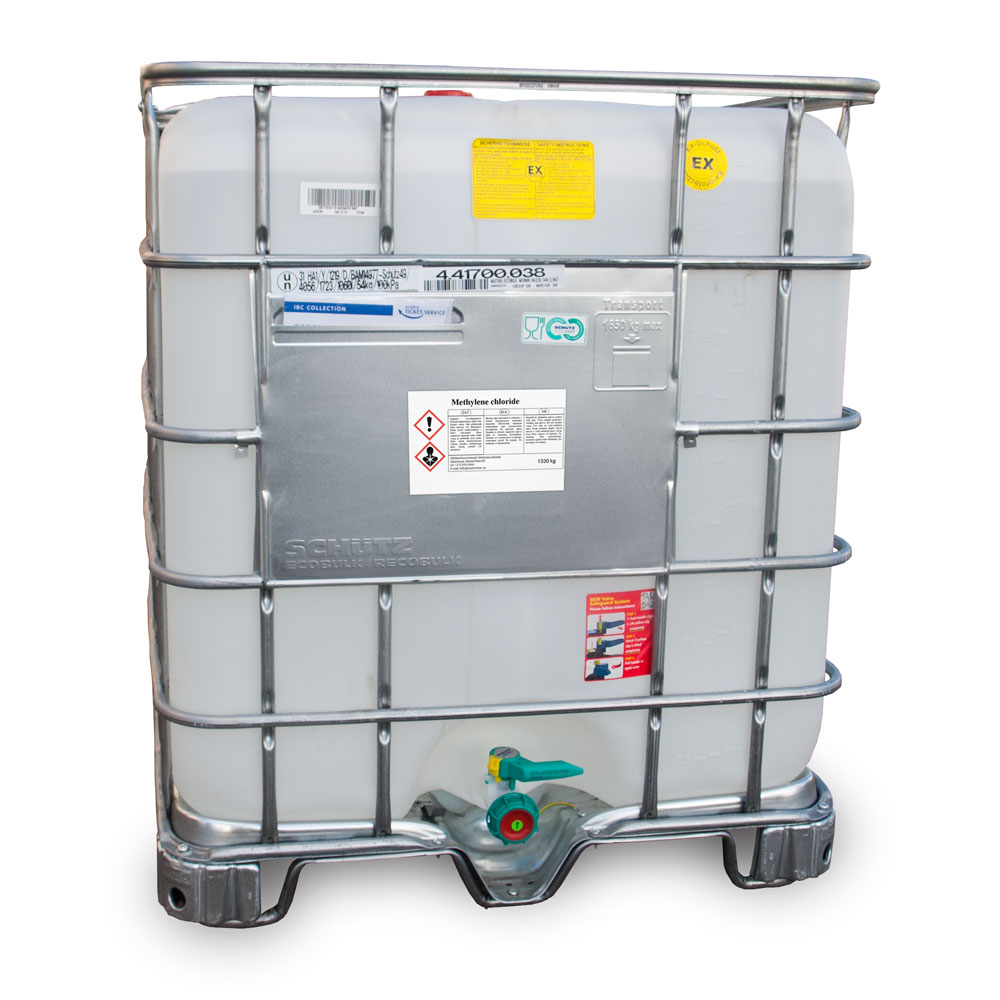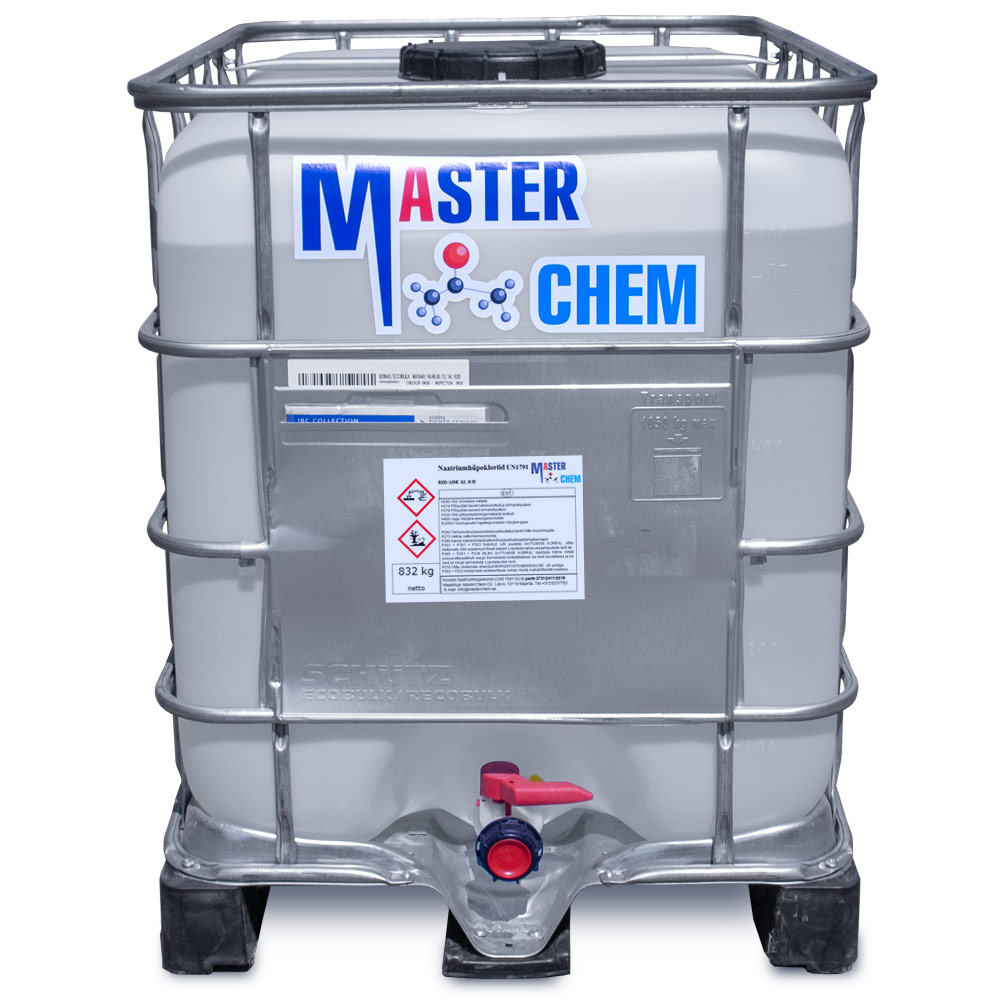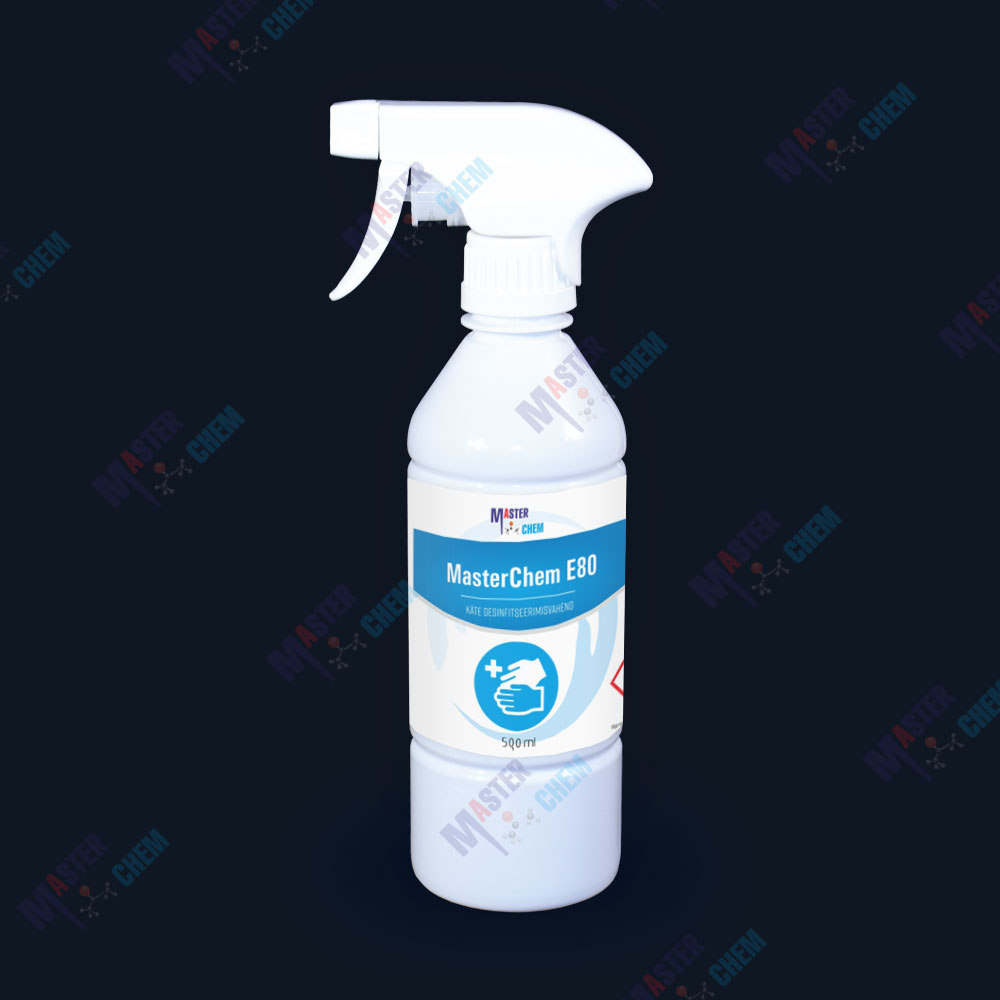Currently Empty: €0.00
Product Description
Solvent
The two primary uses of turpentine in industry are as a solvent and as a source of materials for organic synthesis. As a solvent, turpentine is used for thinning oil-based paints, for producing varnishes, and as a raw material for the chemical industry. Its industrial use as a solvent in industrialized nations has largely been replaced by the much cheaper turpentine substitutes distilled from crude oil. Turpentine has long been used as a solvent, mixed with beeswax or with carnauba wax, to make fine furniture wax for use as a protective coating over oiled wood finishes (e.g., tung oil).
Source of organic compounds
Turpentine is also used as a source of raw materials in the synthesis of fragrant chemical compounds. Commercially used camphor, linalool, alpha-terpineol, and geraniol are all usually produced from alpha-pinene and beta-pinene, which are two of the chief chemical components of turpentine. These pinenes are separated and purified by distillation. The mixture of diterpenes and triterpenes that is left as residue after turpentine distillation is sold as rosin.
Medicinal elixir
Turpentine and petroleum distillates such as coal oil and kerosene have been used medicinally since ancient times, as topical and sometimes internal home remedies. Topically, it has been used for abrasions and wounds, as a treatment for lice, and when mixed with animal fat it has been used as a chest rub, or inhaler for nasal and throat ailments. Many modern chest rubs, such as the Vicks variety, still contain turpentine in their formulations.
Turpentine, now understood to be dangerous for consumption, was a common medicine among seamen during the Age of Discovery. It is one of several products carried aboard Ferdinand Magellan’s fleet in his first circumnavigation of the globe. Taken internally it was used as a treatment for intestinal parasites. This is dangerous, due to the chemical’s toxicity.
Turpentine enemas, a very harsh purgative, had formerly been used for stubborn constipation or impaction. Turpentine enemas were also given punitively to political dissenters in post-independence Argentina.
| Dimensions | N/A |
|---|---|
| Pieejamais apjoms | 0,5 L metal bottle, 5 lit plastic can, 10 lit plastic can, 20 L plastic bucket/canister, 25 lit plastic can, 200 L (without container cost), 500 L (without container cost), 1000 L (without container cost) |


